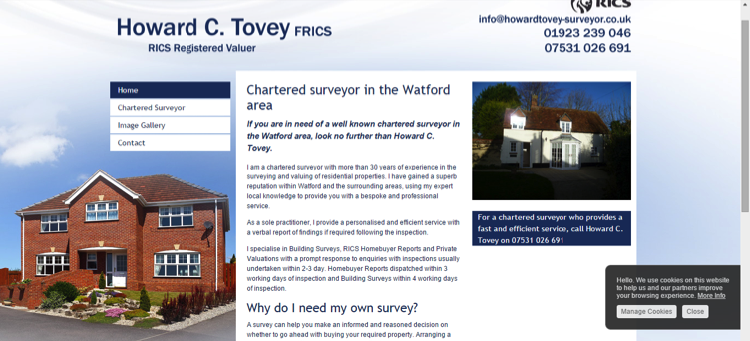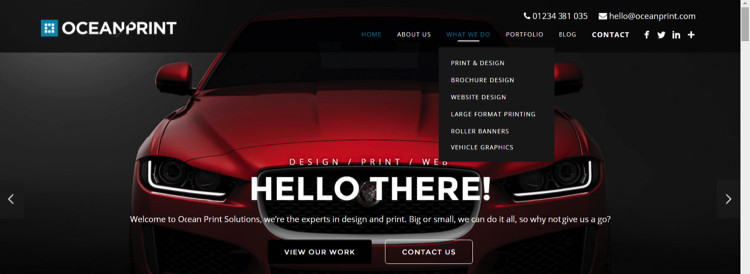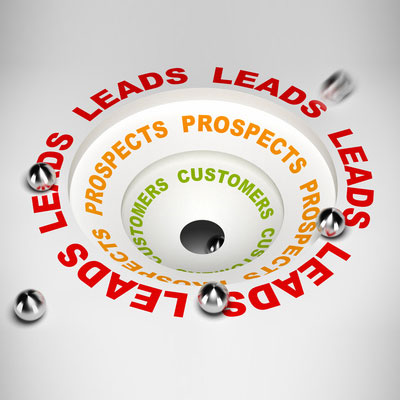A while back, I was looking for a chartered surveyor in my area that ran his own sell my house fast business.
A quick Google search threw up dozens, if not hundreds of options.
The problem was that they all looked and sounded pretty similar. None of them really stood out or captured my imagination.
Here is a completely typical result:
Like almost his competitors, this gentleman was relying on two things to sell himself:
- A list of the services he performs (“I specialise in Building Surveys, RICS Homebuyer Reports and Private Valuations”)
- The promise of a few vague benefits (“provides a fast and efficient service”).
The problem is that all his competitors offer the same services, so even if you are looking for someone who specialises in building surveys, why would you pick him?
Certainly not because he claims to provide a “fast and efficient” service…. Or have years of experience… or a “superb reputation”. Which of his competitors doesn’t claim the same?
The example is of one small business in one specific industry, but unfortunately websites belonging to businesses of every size, everywhere, all too often show the same inability to define what they do in a powerful way that resonates with their target audiences.
On larger websites, the problem goes even deeper, because not only do they fail to explain what they do up-front, their entire website is organised around their list of products or services.
Here’s an example from the graphic design industry – a company that claims to be “experts in design and print” (….unlike tens of thousands of their competitors??), and lists “what we do” as “print and design”, “brochure design”, “website design” and so on.
Again, this does nothing to distinguish them unless the website visitor is already absolutely sold on working with them.
Having a very clear offer is one of the keys to building a website that doesn’t just look good, but actually converts, delivering your business a consistent stream of enquiries, leads and sales. If what you do doesn’t sound attractive, you are simply never going to make that sale.
So – How do you frame your services in a way that will resonate with your website visitors?
The secret is not to start with yourself, but with your customer, and their motivations.
What are they really trying to achieve? What do they really want out of working with you?
In the case of the surveyor, for example, they may need to speed up the purchase of their new home, or want reassurance that the house they’re interested in is a safe investment.
In the case of the graphic designer, a company might be looking for documents that will help them change their public image, or attract new investment, or generate sales directly. Perhaps they need help designing ads that will make their new sales promotion a success.
If your business can zero into these very specific needs, and talk about your products or services through that lens, you will have a far higher chance of capturing your audience’s attention.
Focus on the value they’ll get, rather than the features of what you do.
The graphic designer, for example, could explain that “We help businesses design documents that generate sales”, or some such – depending on their particular target audience.
Even better, the language itself could focus on the customer: “Get documents that generate sales for your business”. Talk about “you” rather than “we”.
The services promoted on the Home Page could include “Update your business’s look” (branding, logo design, etc.), “Design campaigns that deliver sales” (newspaper ads, leaflets etc.), “Distinguish yourself online” (websites, email templates etc.).
Of course, there is plenty of room to talk about the features deeper into the website, but customers are less likely to get there if your headline is “Invites” rather than “Fill your events”.
Paint them a picture of what they’ll get through working with you…..
Now look back at your own website.
- When visitors land on your home page, is the focus on the value or on the features?
- If you focus on value, is it really specific to your audience’s problems (“Get menus that are designed to encourage customers to order dessert”), or the kind of generic claims most businesses make (“Get a beautifully designed menu”)?
- Is the language mostly about “we” or “you”?
If you can make your website visitors really feel that you can solve their problems – rather than offer a commodity which they will more than likely judge on price – you will truly stand out, and vastly increase your chances of conversion.









